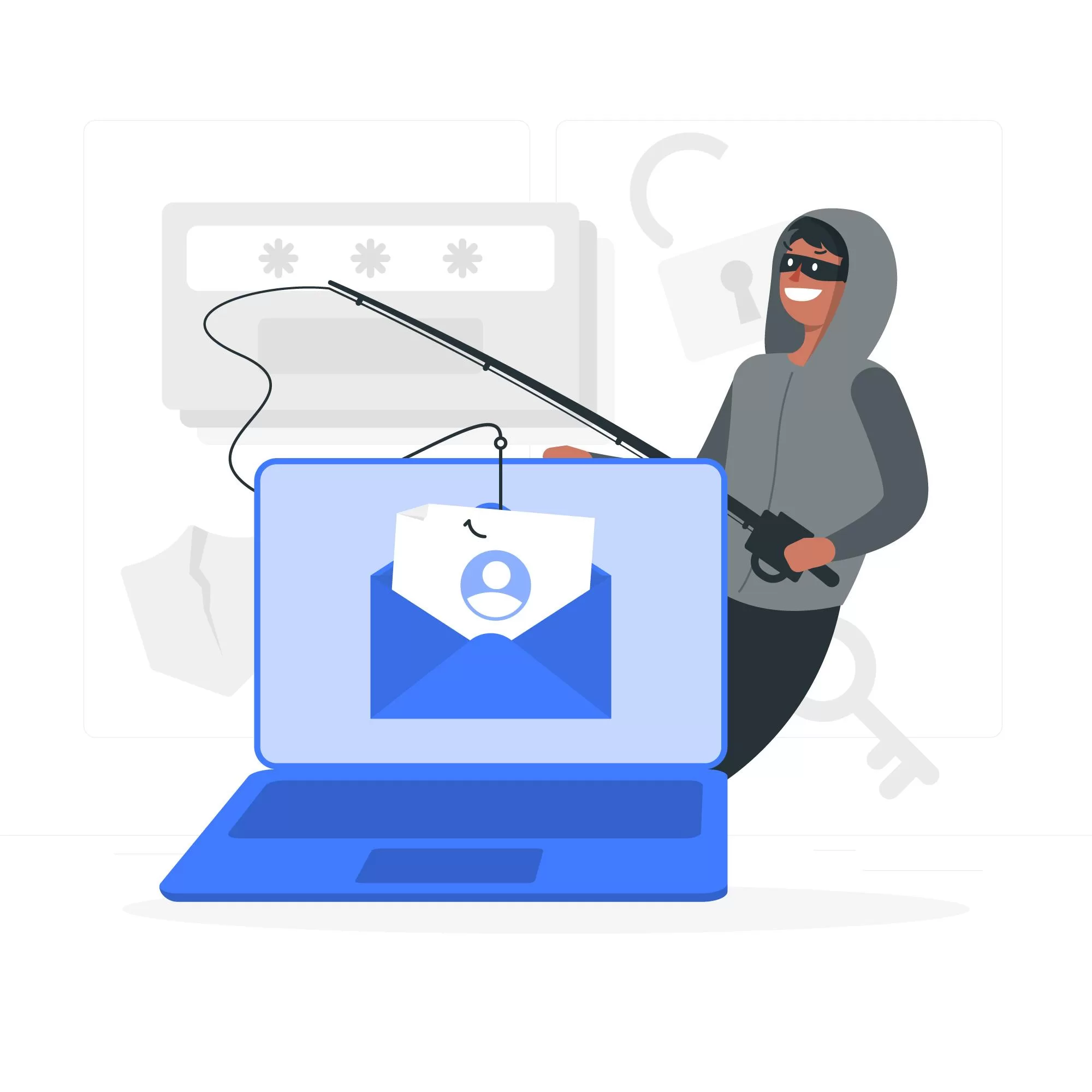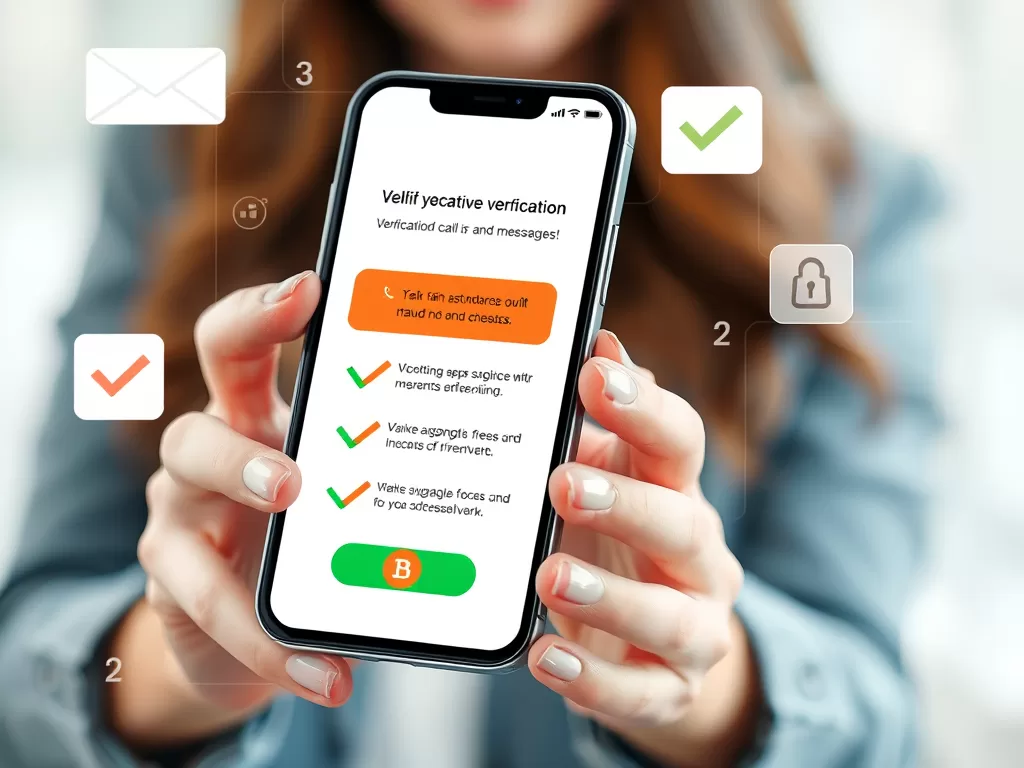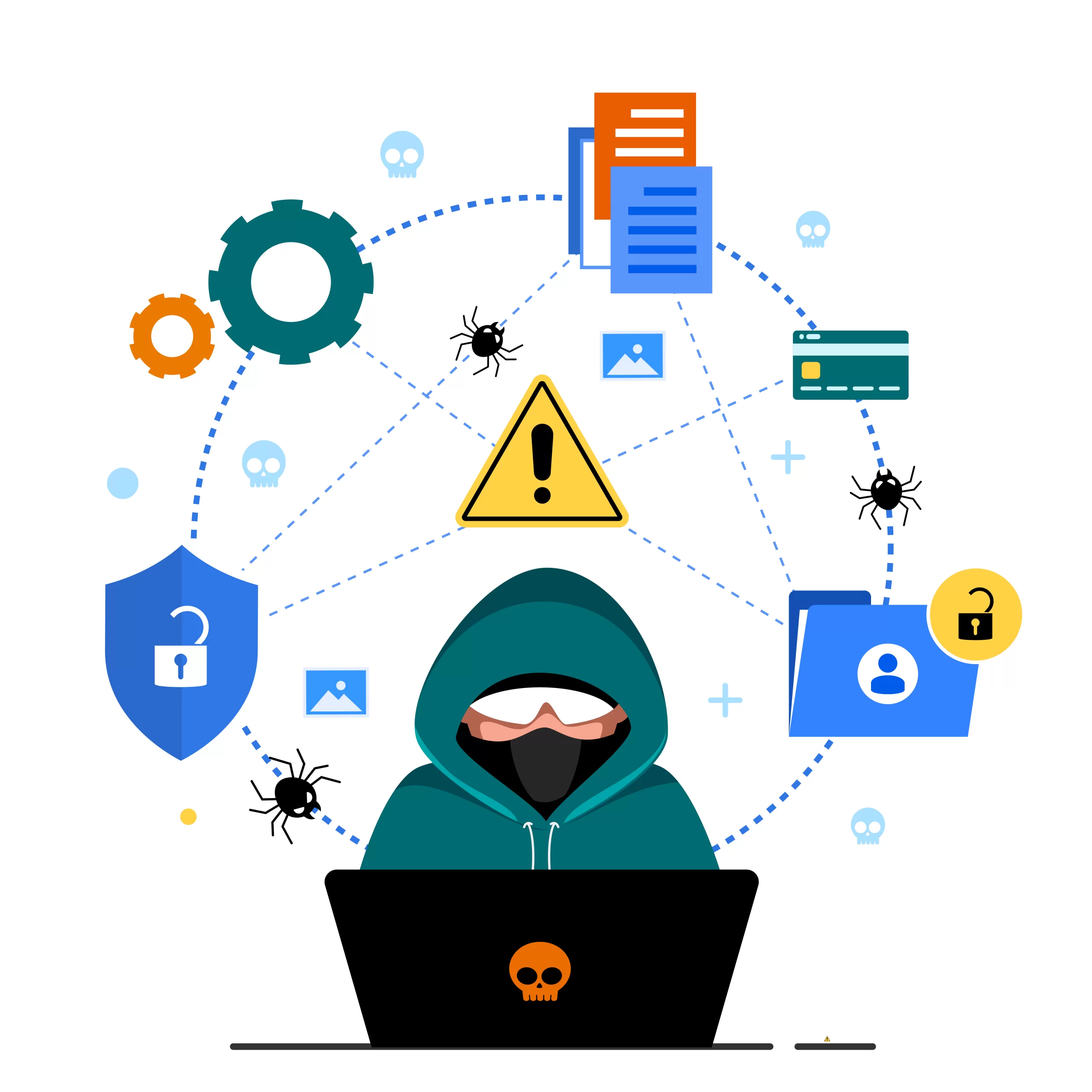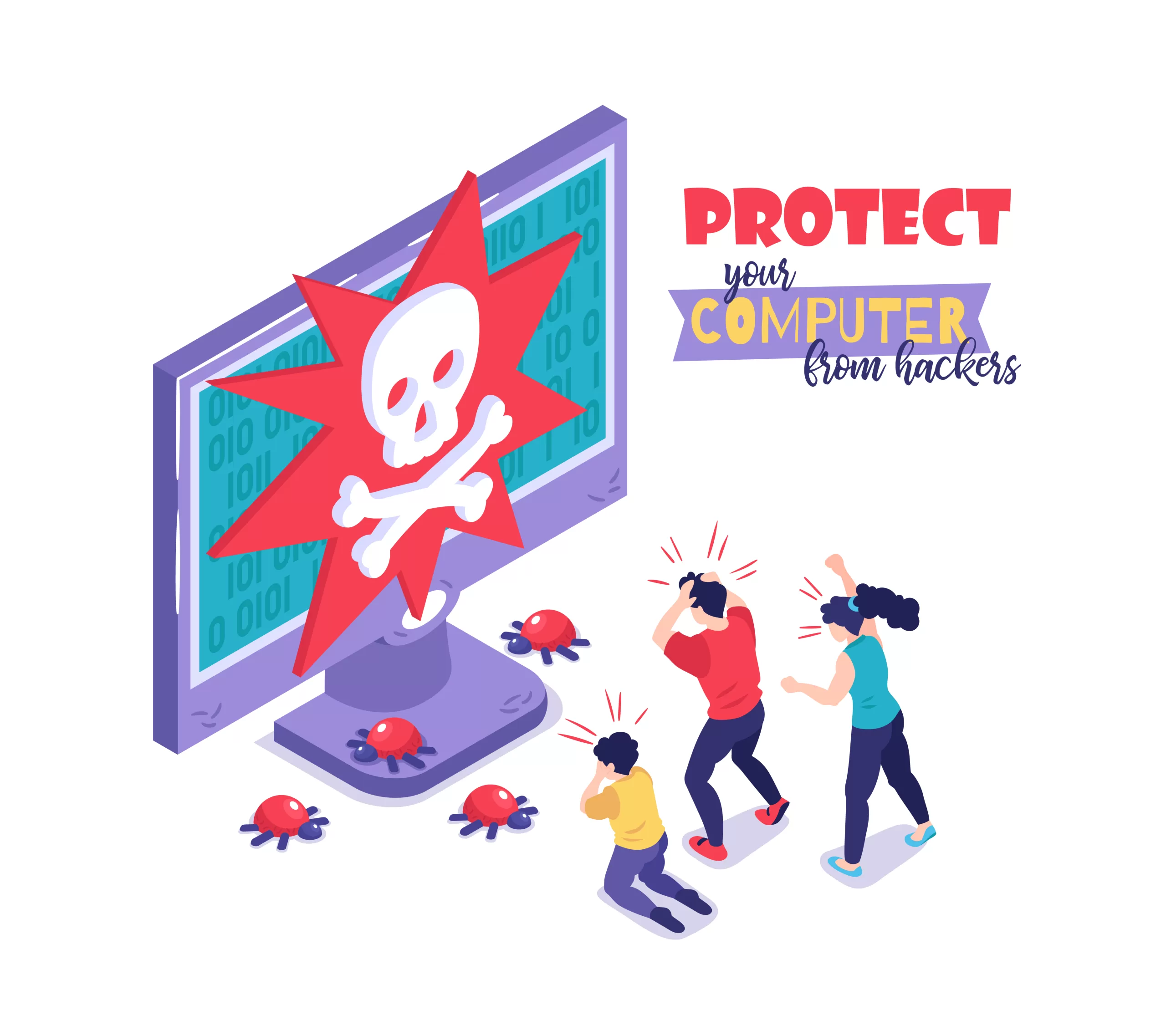
In the vast ocean of cyberspace, where emails flood our inboxes and messages pop up on our screens, lies a lurking danger – phishing scams. These deceptive schemes, akin to modern-day fishing expeditions, cast a wide net in hopes of snaring unsuspecting victims. Join us as we dive into the depths of phishing scams, unraveling their tactics, and exploring ways to stay safe in the digital waters.
Unveiling the Bait: What are Phishing Scams?
Imagine receiving an email or message that appears to be from your bank, asking you to update your account information urgently. Or perhaps you receive a message claiming you’ve won a prize and need to provide personal details to claim it. These are classic examples of phishing scams – fraudulent attempts to trick individuals into divulging sensitive information such as passwords, credit card numbers, or personal details.
The Hook: Tactics Employed by Cyber Anglers
Phishing scams come in various forms, each designed to lure victims into taking the bait. Some common tactics include:
- Email Spoofing: Cybercriminals mimic legitimate senders, such as banks or reputable companies, to create convincing emails that appear genuine.
- Example: Let’s paint a clearer picture with an example. John, a diligent employee at a reputable company, receives an email that seemingly originates from his company’s HR department. The email requests John to provide his login credentials to update his employee profile in the company’s system. Trusting the email’s legitimacy, John complies and unwittingly hands over his username and password. Unbeknownst to John, the email was not sent by the HR department but rather by a cybercriminal who spoofed the email address to appear genuine. Armed with John’s credentials, the cybercriminal gains unauthorized access to the company’s network, potentially compromising sensitive data and wreaking havoc on the organization’s Cybersecurity posture.
- Consequences: The consequences of falling victim to email spoofing can be severe. In addition to unauthorized access to sensitive information, victims may suffer financial loss, identity theft, or reputational damage. Moreover, email spoofing attacks can erode trust among customers, tarnish the reputation of businesses, and lead to legal ramifications.
- Prevention: To mitigate the risks posed by email spoofing, individuals and organizations can take several proactive measures:
- Verify Sender Identity: Always scrutinize the sender’s email address and verify its authenticity before responding to any requests for sensitive information.
- Use Email Authentication Protocols: Implement email authentication protocols such as SPF (Sender Policy Framework), DKIM (DomainKeys Identified Mail), and DMARC (Domain-based Message Authentication, Reporting, and Conformance) to detect and prevent email spoofing attempts.
- Educate Employees: Provide Cybersecurity awareness training to employees to educate them about the dangers of email spoofing and how to recognize suspicious emails.
- Enable Email Filtering: Utilize email filtering solutions to automatically detect and block spoofed emails before they reach recipients’ inboxes.
- Report Suspicious Emails: Encourage employees to report any suspicious emails or phishing attempts to the IT department or Cybersecurity team for further investigation.
- By adopting these proactive measures and remaining vigilant against email spoofing attacks, individuals and organizations can bolster their defenses and safeguard against the deceptive mask of cybercriminals. Remember, when it comes to email spoofing, skepticism and caution are your best allies in the fight against Cybersecurity threats.
- Urgent Requests: Scammers often create a sense of urgency, prompting recipients to act quickly without pausing to verify the authenticity of the request.
- Imagine receiving an email claiming to be from your bank, urgently stating that there has been suspicious activity on your account and you must verify your credentials immediately to prevent unauthorized access. The email insists that failure to act promptly could result in your account being frozen or funds being stolen.
- In a panic, you hastily click on the link provided in the email, which directs you to a website that looks identical to your bank’s official site. Without pausing to verify the authenticity of the request, you enter your username, password, and other sensitive information as instructed, believing you are safeguarding your account.
- However, unbeknownst to you, this email is an example of email spoofing – a fraudulent tactic used by scammers to impersonate trusted entities. In reality, the email did not originate from your bank but from cybercriminals who have cleverly disguised their identity.
- By creating a sense of urgency, scammers exploit your fear and anxiety, compelling you to act impulsively without critically evaluating the legitimacy of the request. As a result, you unwittingly fall into their trap, providing them with access to your sensitive information, which they can then use for malicious purposes such as identity theft or financial fraud.
- This example underscores the importance of exercising caution when faced with urgent requests in emails. Always take a moment to verify the authenticity of the sender and the legitimacy of the request before taking any action. Trustworthy organizations will never pressure you to disclose sensitive information hastily, especially via email.
- Fake Websites: Phishing emails may contain links to fake websites that closely resemble legitimate ones, tricking victims into entering their login credentials or financial information.
- Imagine receiving an email purportedly from your favorite online shopping website, enticing you with a special discount offer. The email contains a link inviting you to claim your discount by logging into your account.
- Eager to avail of the discount, you click on the link, which directs you to a website that appears identical to the legitimate shopping site. Everything from the logo and layout to the colors and font appears authentic, giving you a false sense of security.
- Without hesitation, you proceed to enter your login credentials and payment information as prompted, believing you are accessing the genuine website to make a purchase.
- Unbeknownst to you, however, this website is a fake – a meticulously crafted replica designed by cybercriminals to trick unsuspecting victims into divulging their sensitive information.
- Once you’ve entered your login credentials and financial details, the cybercriminals behind the fake website now have access to your personal information, which they can exploit for fraudulent activities such as identity theft, unauthorized purchases, or financial fraud.
- In this example, the fake website serves as a classic phishing tactic used by cybercriminals to deceive victims into providing their login credentials or financial information. Despite its convincing appearance, the website is merely a fraudulent facade created to dupe unsuspecting individuals.
- This underscores the importance of exercising caution when clicking on links in emails and verifying the authenticity of websites before entering any sensitive information. Legitimate organizations will never ask you to disclose sensitive information via email or redirect you to suspicious websites. Always scrutinize URLs, look for security indicators such as HTTPS encryption, and consider contacting the organization directly if you’re unsure about the legitimacy of a website or email.
- Social Engineering: Manipulative tactics, such as impersonating a friend or authority figure, are used to exploit human emotions and trust, making victims more likely to fall for the scam.
- Imagine receiving a phone call from someone claiming to be a technician from a reputable software company. The caller informs you that your computer has been infected with a dangerous virus and urgently needs to be fixed to prevent further damage.
- Concerned and eager to resolve the issue, you listen attentively as the caller guides you through a series of steps to supposedly diagnose and fix the problem. They may ask you to download remote access software or provide them with your login credentials under the guise of troubleshooting.
- Unbeknownst to you, the caller is not a legitimate technician but a cybercriminal employing social engineering tactics to manipulate your emotions and trust. By impersonating a trusted authority figure and preying on your fear of computer viruses, they aim to deceive you into divulging sensitive information or granting them access to your computer.
- In another scenario, you receive an email from a friend claiming to be stranded in a foreign country and urgently in need of financial assistance to return home. The email tugs at your heartstrings, appealing to your sense of compassion and desire to help a friend in need.
- Without questioning the authenticity of the email, you rush to send money to the provided account, believing you are coming to the aid of your friend in distress. However, unbeknownst to you, the email was not sent by your friend but by a cybercriminal who has gained unauthorized access to their email account through social engineering tactics such as phishing or password guessing.
- In both examples, social engineering tactics are used to exploit human emotions and trust, making victims more susceptible to falling for the scam. By impersonating trusted individuals or manipulating emotions such as fear, compassion, or urgency, cybercriminals aim to elicit a desired response from their targets, whether it’s divulging sensitive information, granting access to systems, or sending money.
- This underscores the importance of remaining vigilant and skeptical, especially when faced with unexpected requests or situations that appeal to your emotions. Always verify the identity of individuals or organizations before disclosing sensitive information or taking action, and be cautious of unsolicited communications that evoke strong emotions or urgency.
The Sting: Consequences of Falling Victim
The repercussions of falling victim to a phishing scam can be severe and far-reaching. From financial loss and identity theft to malware infections and compromised personal information, the consequences are grave. Cybercriminals may use stolen credentials to access bank accounts, make unauthorized purchases, or even commit fraud in the victim’s name. Moreover, phishing attacks can tarnish the reputation of businesses and erode trust among customers.
Navigating Safe Waters: Tips to Avoid Phishing Scams
- Stay Vigilant: Be cautious of unexpected emails or messages, especially those urging immediate action or requesting sensitive information.
- Verify the Sender: Always verify the authenticity of the sender before responding to any requests for personal or financial information.
- Hover Before You Click: Hover your mouse cursor over links in emails to preview the URL before clicking. Beware of shortened URLs or suspicious domains.
- Keep Software Updated: Ensure your operating system, antivirus software, and web browsers are up to date with the latest security patches to mitigate vulnerabilities exploited by phishing attacks.
- Educate Yourself: Stay informed about the latest phishing tactics and trends. Participate in Cybersecurity awareness programs and educate yourself on how to recognize and avoid phishing scams.
Conclusion: Safeguarding Against the Phishing Net
In the digital age, where our online identities are as valuable as gold, staying vigilant against phishing scams is paramount. By understanding the tactics employed by cyber anglers, adopting proactive measures to safeguard our information, and fostering a culture of Cybersecurity awareness, we can navigate the digital waters with confidence and resilience. Remember, when it comes to phishing scams, it’s better to stay cautious and skeptical than to take the bait and fall victim to the cyber net.








It’s amazing for me to have a web page, which is valuable in favor of my know-how.
thanks admin
You are welcome
Greate post. Keep posting such kind of information on your page.
Im really impressed by your site.
Hi there, You’ve done an excellent job. I’ll definitely digg it and for my part recommend
to my friends. I am confident they’ll be benefited from this web site.
Thank you. Appreciate your comment
Appreciate the recommendation. Let me try it out.
I’ve read some good stuff here. Definitely worth
bookmarking for revisiting. I wonder how a lot effort
you place to create this kind of magnificent informative site.
Touche. Outstanding arguments. Keep up the good work.